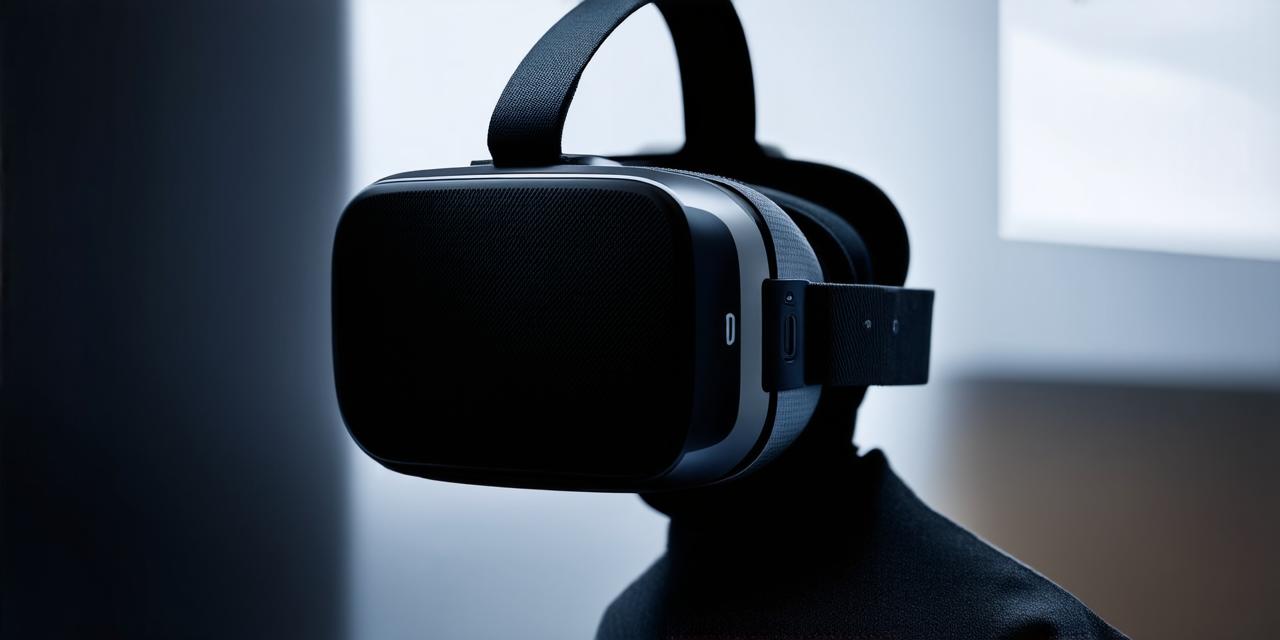Virtual reality (VR) is becoming an increasingly popular medium for immersive experiences and interactive applications. With the advent of affordable and accessible VR technology, developers are looking for tools that can help them create engaging and realistic virtual worlds. That’s where Blender comes in. Blender is a powerful open-source 3D modeling and animation software that has been used by artists, designers, and developers alike to create stunning visual effects and immersive VR experiences.
Getting Started with VR Development in Blender
Before diving into the details of VR development in Blender, it’s important to understand the basics of how it works. VR technology involves a head-mounted display (HMD) that tracks the user’s movement and projects a 3D image onto two screens. The user perceives this image as a single, immersive field of view, creating the illusion of being in a virtual world.
To create a VR experience using Blender, you will need to set up your environment by importing 3D models and configuring the HMD settings. Blender supports several VR platforms, including Oculus Rift, HTC Vive, and OpenVR. You can download the appropriate plugin for your platform from the Blender Guru website.
Once you have set up your environment, you can start creating 3D models using Blender’s powerful modeling tools. Blender has a vast array of tools for sculpting, extruding, and subdividing 3D objects, allowing you to create complex shapes and textures with ease. You can also use Blender’s animation tools to rig your animations and bring your models to life.
Creating 3D Models for VR Development in Blender
One of the key aspects of VR development is creating realistic and believable environments that feel like the real thing. This requires a deep understanding of 3D modeling techniques and principles. In this section, we will explore some of the best practices for creating 3D models for VR development in Blender.
Modeling Techniques
There are several key techniques you can use to create realistic 3D models for VR development in Blender. These include:
- Use high-quality textures: Textures are an essential part of creating realistic 3D models. High-quality textures can make a big difference in the look and feel of your model, so it’s important to invest time in finding and creating the right textures for your project.
- Pay attention to details: In VR, even the smallest details can make a big difference in how immersive the experience feels. Pay attention to things like lighting, shadows, and reflections when creating your models.
- Optimize for performance: VR applications require high performance to avoid motion sickness and other issues. Make sure to optimize your models for performance by reducing the number of polygons and minimizing the use of heavy materials.
Best Practices for Modeling in Blender
When creating 3D models for VR development in Blender, it’s important to follow best practices to ensure that your models are optimized for performance and look as realistic as possible. Some best practices include:
- Use a modular approach: Break your model down into smaller, more manageable pieces that can be easily reused and modified. This makes it easier to make changes to your model without affecting the rest of the project.
- Keep it simple: VR experiences should be easy to navigate and understand. Avoid creating models that are too complex or difficult to interact with.
- Test early and often: Throughout the development process, test your models in the VR environment to ensure that they look and feel right. This will help you catch any issues early on and avoid costly mistakes later in the project.
Animating for VR Development in Blender
Once you have created your 3D models, it’s time to bring them to life with animations. Animation is an essential part of creating engaging VR experiences, as it helps to create a sense of movement and activity within the virtual world.
Rigging Techniques
When animating 3D models in Blender for VR development, it’s important to use rigging techniques that are optimized for the VR environment.
